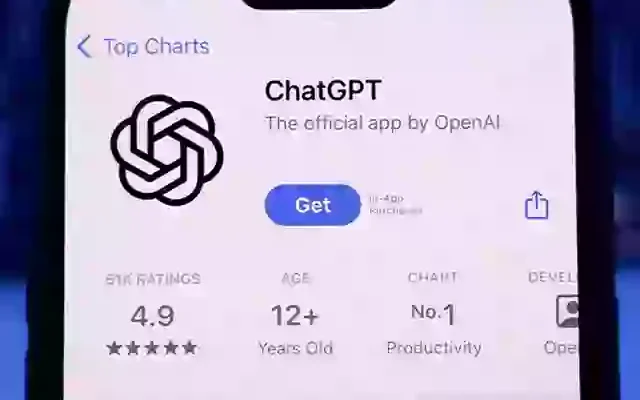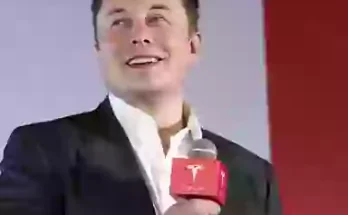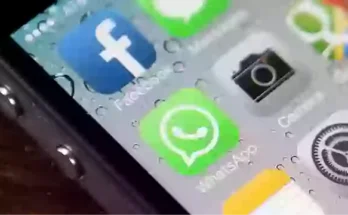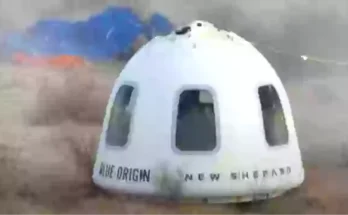The launch of ChatGPT’s powerful new image generation software on its free tier has triggered a record-breaking surge in users, with over 1,000,000 new sign-ups in just one hour.
Since its debut in late 2022, ChatGPT has been widely credited as the catalyst for the ‘AI revolution,’ ushering in a new era of generative artificial intelligence.
Initially, ChatGPT was primarily used for text-based tasks, serving as a chatbot and assisting users with emails, essays, and other written content. However, the platform has evolved significantly, expanding its capabilities far beyond its original scope.
Image generation has become one of ChatGPT’s most popular features, especially after the ability to create Studio Ghibli-style artwork went viral on social media. The latest update has further improved its capabilities, driving a significant surge in user growth.
According to The Independent, OpenAI CEO and co-founder Sam Altman announced on X that ChatGPT saw a record-breaking surge in signups following the free release of its ‘4o Image Generation’ feature:
“The ChatGPT launch 26 months ago was one of the craziest viral moments I’d ever seen,” Altman wrote. “We added one million users in five days. We added one million users in the last hour.”
It’s unclear what ChatGPT’s usual sign-up rate looks like—especially after a major update—but Altman’s decision to highlight it suggests this was a significant milestone for the company, which continues to lead the AI space.
So, what’s driving the massive demand for ChatGPT’s latest release? It all comes down to a feature OpenAI describes as “not only beautiful, but useful.”
The 4o Image Generation update has significantly improved the quality, reliability, and consistency of ChatGPT’s image creation. But perhaps its biggest breakthrough is solving one of AI’s toughest challenges: accurately rendering text within images.
“GPT-4o image generation excels at accurately rendering text, precisely following prompts, and leveraging 4o’s inherent knowledge base and chat context—including transforming uploaded images or using them as visual inspiration,” OpenAI explained in its release statement.
“These capabilities make it easier to create the exact image you envision, allowing for more effective communication through visuals and transforming image generation into a practical tool with both precision and power.”
As a result, using ChatGPT to generate images has become simpler across a wider range of contexts, while simultaneously making it much harder to detect the usual signs of AI-generated content.
One of the most amusing examples OpenAI has shared to showcase its new features is an image of a nearly empty wine glass—a long-standing challenge for AI due to its seemingly complex nature.
Altman also recently revealed that the viral success of the ‘Ghibli-like’ images was so overwhelming it was “causing their GPUs to melt,” prompting the introduction of temporary rate limits to manage the surging demand.
It’s unclear whether the release of 4o has had the same intense impact, but Altman recently explained in a post that “you should expect delays in new releases, occasional service disruptions, and slower performance as we manage capacity challenges.” He also mentioned that he’s on the lookout for “anyone with GPU capacity in 100k chunks,” likely to help meet the growing demand.



